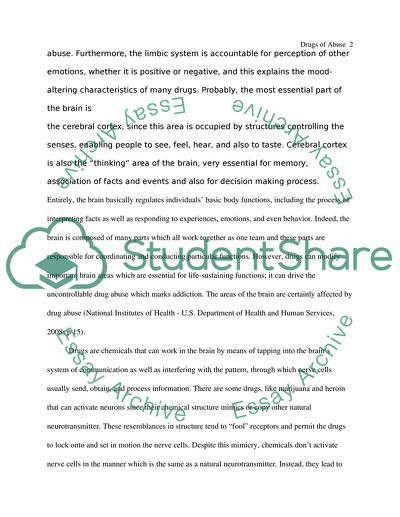Cite this document
(“Drugs of Abuse Essay Example | Topics and Well Written Essays - 1000 words”, n.d.)
Drugs of Abuse Essay Example | Topics and Well Written Essays - 1000 words. Retrieved from https://studentshare.org/miscellaneous/1554297-drugs-of-abuse
Drugs of Abuse Essay Example | Topics and Well Written Essays - 1000 words. Retrieved from https://studentshare.org/miscellaneous/1554297-drugs-of-abuse
(Drugs of Abuse Essay Example | Topics and Well Written Essays - 1000 Words)
Drugs of Abuse Essay Example | Topics and Well Written Essays - 1000 Words. https://studentshare.org/miscellaneous/1554297-drugs-of-abuse.
Drugs of Abuse Essay Example | Topics and Well Written Essays - 1000 Words. https://studentshare.org/miscellaneous/1554297-drugs-of-abuse.
“Drugs of Abuse Essay Example | Topics and Well Written Essays - 1000 Words”, n.d. https://studentshare.org/miscellaneous/1554297-drugs-of-abuse.


